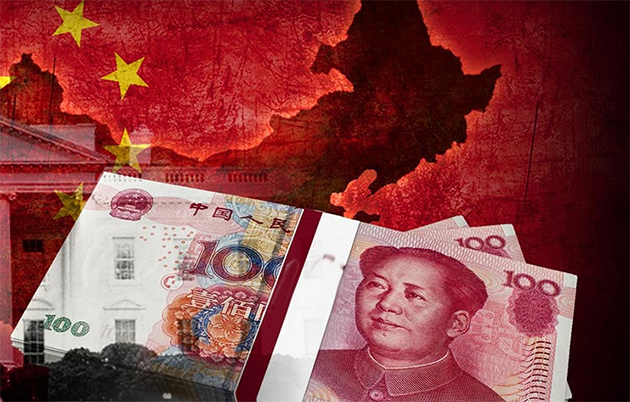china seeks to open wider to the outside world and strengthen its economic ties, cultural bonds and people-to-people contact for building a moderately prosperous society. To compare China with only two past generations, the living standard has been changed tremendously in China and people are more delightful, confident and optimistic.
Enhancing economy and trade is one of the main focuses of Chinese government. China is in pursuit of different ways in building a strong economy. For example, the huge manufacturing companies, mega-projects including the Belt and Road Initiative, andthe construction of free trade port, airports, railways, harbors, state-to-state industrial parks, business parks, smart cities, and tourist destinations will all contribute to China’s economy.
I was highly amazed at visiting from Qinzhou city of Guangxi Zhuang Autonomous Region. Qinzhou is a rising port city, a gateway for industrial cooperation with the Association of Southeast Asian Nation, a regional hub for international shipping and logistics, and a strategic pivot on the 21st Maritime Silk Road. In recent years, this city has undergone drastic changes and fast economic and social development by implementing the strategy to “build a major port, revitalize industries, develop a new city, strengthen science and education and improve people’s livelihood”. I am not talking about the entire country or a province, but only a city in China. As one of the cities with the most national platforms and policy resources for opening-up, Qinzhou is at the forefront of China’s opening-up endeavor and it is listed one of “China’s Excellent Tourist City” in 2007.
In the meantime, all Chinese officials, without exception, are intent on bridging the gap between rural and urban areas and promote all parts of the country without an iota of discrimination. That is to say, China has 56 ethnic groups with 55 ethnic minorities but none of the groups are discriminated on the grounds of their race. China’s government and Guangxi party committees say, “If the ethnic minorities are not rich, we are not truly rich; if the ethnic minority areas do not achieve a comfortable life, it is not a comprehensive well-off society”. With such an open perspective, they are gearing toward alleviating poverty and say, “Walking on the road from poverty to prosperity, we are confident that no one in the Damiao Mountain will be left behind”. For instance, in the past five years, Guangxi invested 5.326 billion yuan to promote the living standard of ethnic minority groups in border areas.
Guangxi has opened its door wider to its neighboring states not only to economic exchanges but also cultural contacts. For example from January to March, performances were given in many countries such as Singapore, Algeria, Bhutan, India, Malaysia and Brunei as part of overseas “Happy Spring Festival”. For nine consecutive years, Guangxi is said to host the cultural exchange activity of “Happy Spring Festival” in Thailand, Mauritania, Poland, the US, Malta, etc.
As a country in dire need of economic development, Afghanistan will have to adopt a perfect role model such as China. There is no doubt that copying a text from a certain context and applying it in another context in exact way will encounter challenges, however, there are some practices to be applied in all countries as prerequisite for development. For example, strengthening economic exchanges and encouraging investments and constructing ports and airports will necessary lead to a strong economy in any country. To alleviate poverty, Afghanistan must attract investment in the country, facilitate Afghan traders through building railways and roads to export their goods to foreign countries and utilize its mineral resources, which will also create jobs for thousands of people.
More importantly, Afghan officials have to seek just and equal development. Although it is not possible to develop all parts of a country equally, efforts should be made to bridge the gap as much as possible so that an ethnic group must not feel being discriminated by the central government. Currently, Afghan ethnic groups claim that the central government prioritizes one ethnicity to the other and do not treat all equally. To seek equal promotion for all ethnic groups, China is believed to be a perfect role model for Afghanistan. Hence, Afghanistan needs to focus on economic issues the same as China and encourage trade and investment to lift people out of poverty.
Home » Opinion » Learning Mechanisms for Poverty Alleviation from China (Part 2)
Learning Mechanisms for Poverty Alleviation from China (Part 2)
| Hujjatullah Zia

